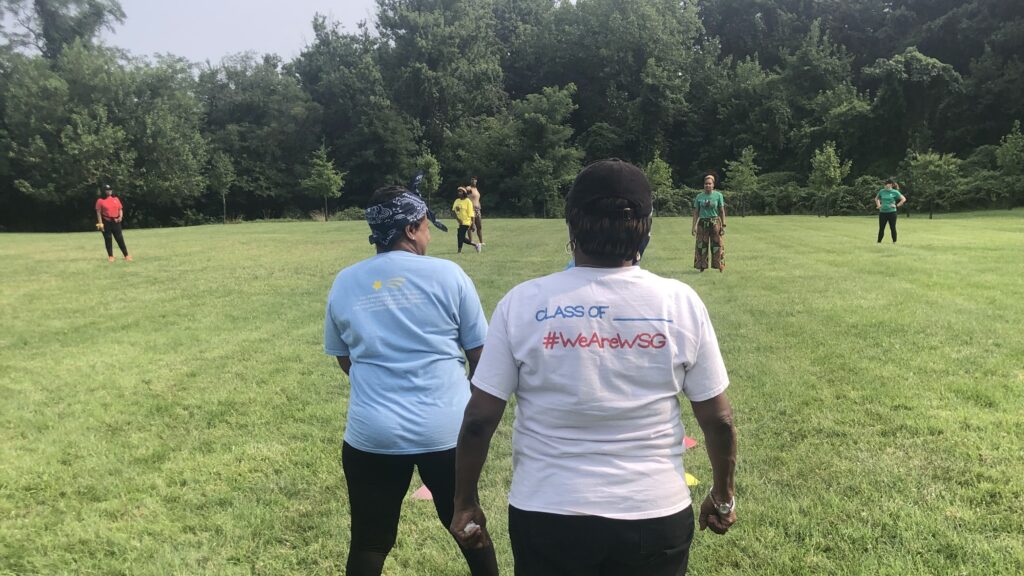
Taking Time to Play
Posted by Dr. Beth Reaves
Ask anyone who works for a school and they will tell you that the weeks leading up to opening a school for the new school year are among the busiest and most important planning periods. There are schedules to make, professional development time and activities, teachers are busy getting classrooms for new students, and the list goes on. Starting a new school year requires everyone to invest the energy required to start with enthusiasm and excitement, to ensure that translates to the students from the beginning. It is during this busiest time of the year that I also think it is important to find opportunities to play, even if it has to be scheduled into a day.
Let me explain.
Dr. Stuart Brown’s book, Play: How it Shapes the Brain, Opens the Imagination and Invigorates the Soul, explains his extensive research on the importance of individuals engaging in play, even as adults. He notes:
“I have found that remembering what play is all about and making it part of our daily lives are probably the most important factors in being a fulfilled human being. The ability to play is critical not only to being happy, but also to sustaining social relationships and being a creative, innovative person.”
Engaging in activities that are fun, that awaken your natural curiosity and competitive spirits, can help raise your spirit. Brown further states that play is the “single most significant factor in determining our success and happiness.”
During our back to school orientation over the past two weeks, we made sure to schedule in time for play, in addition to all of the teambuilding and getting-to-know-you activities and professional development. One of our highlights was a whole staff/faculty kickball game, on the field at our View Campus. While the game ended in a friendly tie between teams, we demonstrated that we are a competitive bunch! Diving to save the ball, cheering on our teams, disputing a call for a foul; all were all on full display. But we also appreciated the time to casually play with each other and enjoy the friendly banter as teammates and professional colleagues.
In one of my quieter moments during orientation, I also had the opportunity to play the game Perfection with one of our students. At a time when most 11-year-olds are only engaged in video games, I was personally very excited to take a few minutes to play a game with her that I remember playing so many times with my own children many years ago. We played competitively against each other the first few rounds, but then realized that if we played together against the clock, we were more likely to win. While I’d like to think that the biggest lesson we took away was a reminder of the benefits of collaboration on tasks, the reality is that the best part for me was truly just engaging in a fun game with an enthusiastic student for a few minutes. Seeing her excitement as we both beat the clock and congratulated ourselves with a high five was the best feeling. I hope she enjoyed it as much as I did.
As we open school on August 8, I know the days will be busy and we all will quickly spend more time in classrooms and meetings then on playing games with each other. We will continue however, to include time in our meetings for community building games and fun opportunities to engage with each other. “There is nothing like true play to promote social cohesion at work. When people play they become attuned to each other” (Brown). As we look to bring the best of our collaboration forward to our students, this is one strategy that can help us continue to connect with each other.
